Fragrances are everywhere and yet most people have no idea what makes one perfume feel irresistible while another disappears in minutes. Think about this. Some Parfum extracts contain up to 40 percent aromatic oils, ten times more than a basic Eau de Cologne. That sounds powerful, but the true secret of a memorable scent goes beyond just how strong it is—it’s the exact way that perfumers blend nature and science to capture emotion in a bottle.
Table of Contents
- What Are Fragrances And How Are They Made?
- The Importance Of Fragrance In Personal Expression
- Types Of Fragrances: From Eau De Toilette To Parfum
- Navigating The World Of Designer And Dupes
- Key Considerations When Selecting A Fragrance
Quick Summary
| Takeaway | Explanation |
|---|---|
| Fragrance notes influence scent experience | Fragrances consist of top, middle, and base notes, impacting how they smell over time. |
| Understand personal skin chemistry | Fragrance interaction varies by body chemistry; test perfumes on skin for best results. |
| Select fragrances based on occasion | Choose scents suitable for professional or casual environments to enhance personal expression. |
| Explore fragrance concentrations | Different concentrations—EDC, EDT, EDP, and Parfum—offer varied intensity and longevity. |
| Consider cultural significance of scents | Fragrances convey personal identity and cultural interpretations, enhancing social interactions. |
What Are Fragrances and How Are They Made?
Fragrances are sophisticated sensory compositions that transform raw botanical ingredients and synthetic molecules into captivating olfactory experiences. Unlike simple scents, perfumes represent complex artistic expressions crafted through meticulous scientific processes. Perfume science reveals these aromatic creations blend natural and artificial components to produce distinctive sensory profiles.
The Essence of Fragrance Components
At their core, fragrances consist of carefully selected ingredients called fragrance notes. These notes are categorised into three primary layers:
- Top notes: Light, initial scents that evaporate quickly
- Middle notes: The heart of the fragrance, developing after 10-30 minutes
- Base notes: Deep, long-lasting scents that provide foundation and longevity
Natural ingredients like essential oils, resins, and extracts from flowers, herbs, fruits, and woods form the traditional backbone of perfume creation. Modern perfumers also integrate sophisticated synthetic molecules that can replicate rare botanical scents or create entirely novel aromatic experiences.
Crafting the Perfect Perfume
Perfume creation is a sophisticated blend of artistry and scientific precision. Perfumers, often called ‘noses’, undergo extensive training to understand complex scent interactions. They meticulously balance ingredients, considering factors like molecular weight, evaporation rates, and chemical compatibility.
The manufacturing process involves several intricate stages: ingredient sourcing, extraction, formulation, maceration, and finally, filtration. Each stage requires expert knowledge to ensure the fragrance develops harmoniously. Professional perfumers might spend months or even years developing a single signature scent.
For those looking to explore more about fragrance composition, read our guide on fragrance notes to understand how different elements combine to create memorable aromatic experiences.
The Importance of Fragrance in Personal Expression
Fragrances transcend mere olfactory experiences, emerging as powerful tools of personal storytelling and emotional communication. Psychological research demonstrates that scents are intimately connected with memory, identity, and individual perception, enabling individuals to communicate complex emotions and personality traits through carefully selected aromatic profiles.
Emotional and Psychological Dimensions
Every fragrance represents a nuanced extension of personal identity. Scent selection is not merely about smelling pleasant, but about crafting a sensory narrative that reflects individual character, mood, and aspiration. Different fragrances can communicate various emotional states and personal qualities:
- Confidence: Bold, spicy fragrances
- Sophistication: Elegant, complex woody notes
- Playfulness: Light, fruity compositions
- Professionalism: Clean, subtle aromatic profiles
These aromatic choices serve as silent communicators, allowing individuals to express themselves without uttering a single word. The psychological impact of fragrance extends beyond personal perception, influencing social interactions and interpersonal dynamics.
Cultural and Social Significance
Fragrances carry profound cultural significance, reflecting societal norms, personal heritage, and individual experiences. Different cultures interpret scents uniquely, with some valuing intense, complex fragrances while others prefer minimalist, understated aromas.
Professional and social environments also interpret fragrance choices as subtle indicators of personality and self-presentation. A well-chosen scent can communicate professionalism, creativity, or approachability, making fragrance selection a strategic aspect of personal branding.
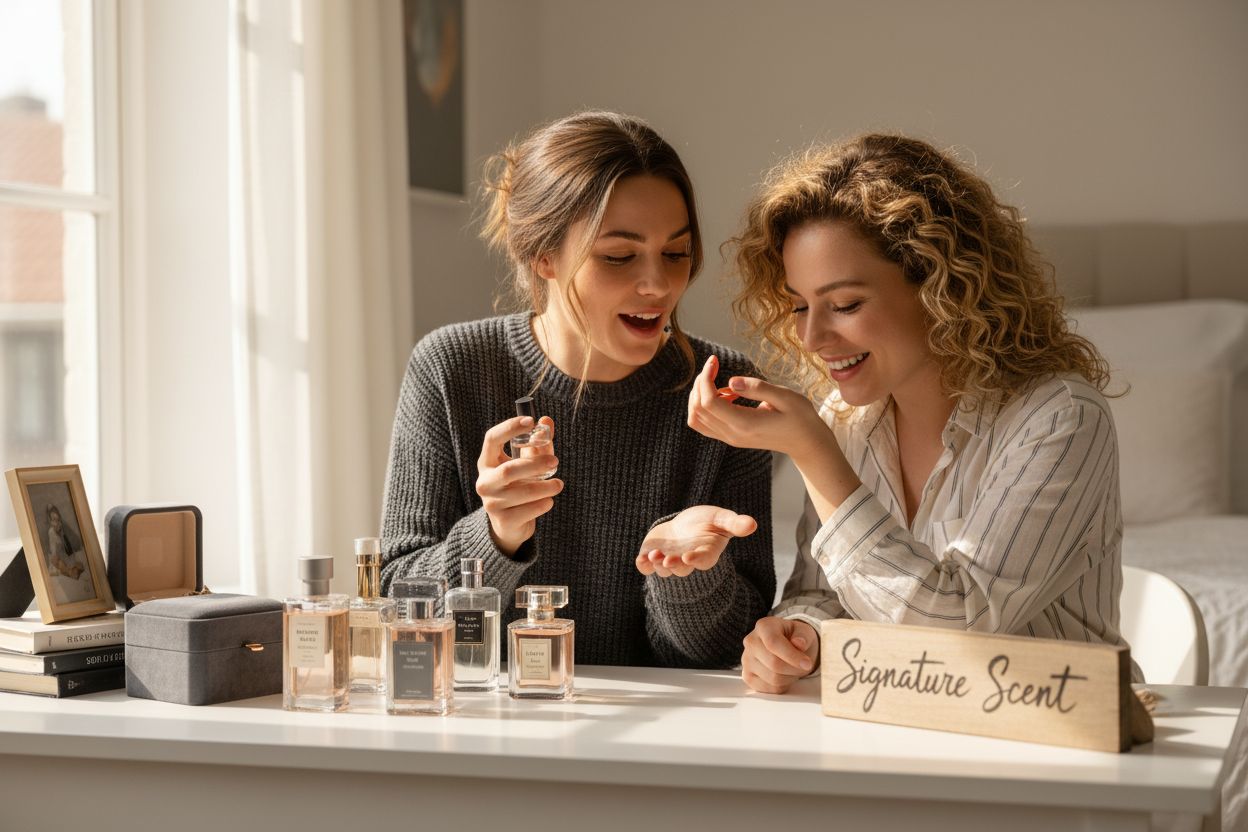
Discover your signature scent and explore how different aromatic profiles can enhance your personal expression and emotional communication.
Types of Fragrances: From Eau de Toilette to Parfum
Fragrances are not uniform but exist in diverse concentrations, each offering unique characteristics and experiences. Fragrance experts categorise perfumes based on their aromatic oil concentration, which directly impacts their intensity, longevity, and application.
Fragrance Concentration Spectrum
The perfume world recognises several primary fragrance types, distinguished by their **aromatic oil percentage
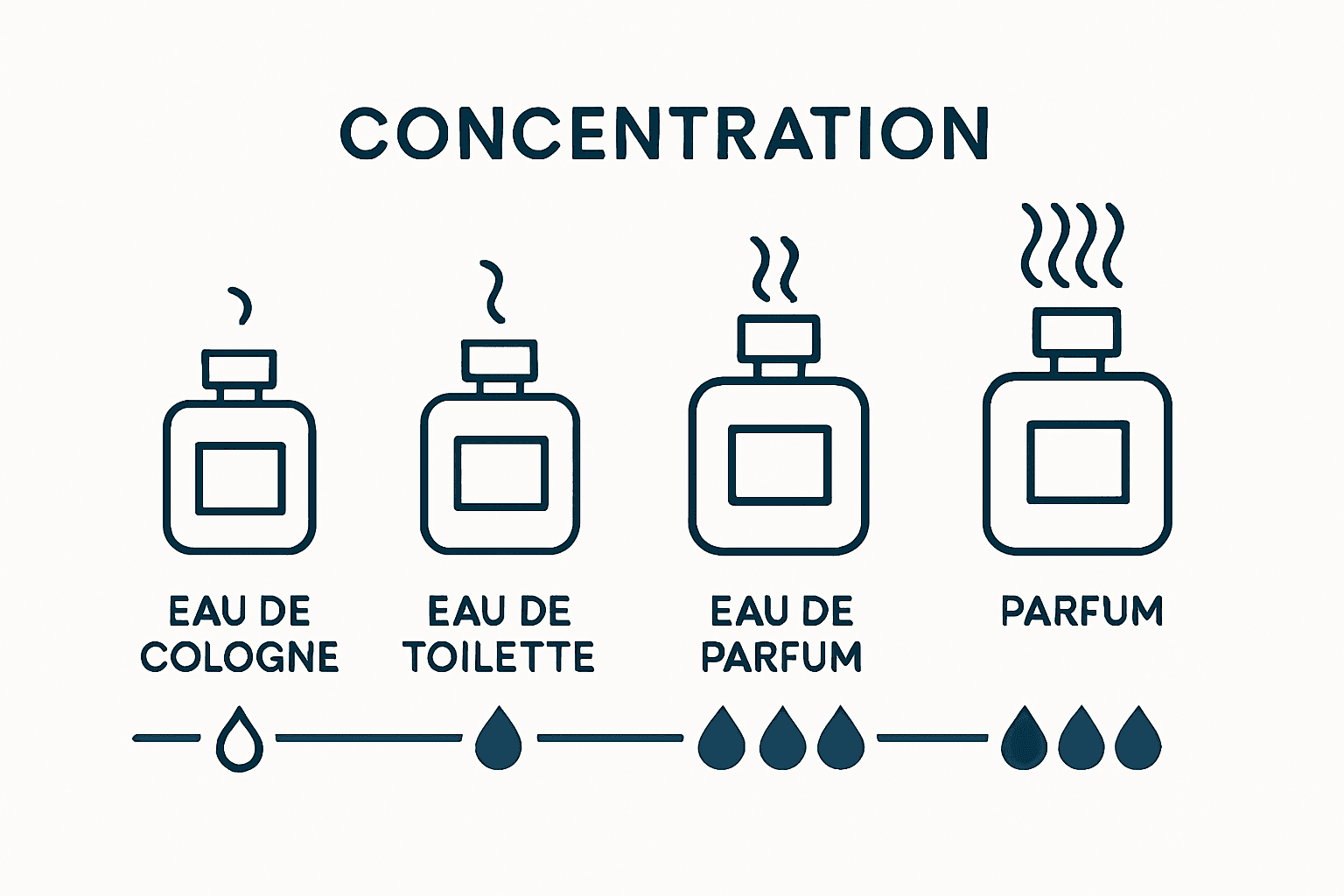 **:
**:
- Eau de Cologne (EDC): 2-4% aromatic compounds
- Eau de Toilette (EDT): 5-15% aromatic compounds
- Eau de Parfum (EDP): 15-20% aromatic compounds
- Parfum/Extract: 20-40% aromatic compounds
Each concentration level offers distinct sensory experiences.
The table below compares the main types of fragrances by their concentration of aromatic oils, typical usage, intensity, and longevity.
| Fragrance Type | Aromatic Oil Concentration | Typical Usage | Intensity | Longevity |
|---|---|---|---|---|
| Eau de Cologne (EDC) | 2-4% | Daily, casual, freshening | Light | Short (1-2 hours) |
| Eau de Toilette (EDT) | 5-15% | Everyday wear, work | Moderate | 2-4 hours |
| Eau de Parfum (EDP) | 15-20% | Evening, special occasions | Strong | 4-6 hours |
| Parfum/Extract | 20-40% | Formal events, luxury wear | Very strong | 6-8+ hours |
Lower concentration fragrances provide lighter, more subtle scents ideal for daily wear, while higher concentration versions deliver more intense, long-lasting aromatic profiles.
Selecting the Right Fragrance Concentration
Choosing the appropriate fragrance concentration depends on multiple factors including personal preference, occasion, skin chemistry, and desired wear duration. Lighter concentrations like Eau de Toilette work beautifully for daytime, professional environments, or warmer climates, offering a gentle scent that does not overwhelm.
In contrast, Eau de Parfum and pure Parfum extracts provide more robust, complex fragrances. These higher concentration options are perfect for evening events, special occasions, or individuals seeking a more pronounced olfactory statement. They typically last longer and require fewer reapplications throughout the day.
Explore our guide on selecting the perfect fragrance to understand how different concentrations can enhance your personal scent experience.
Navigating the World of Designer and Dupes
The fragrance market has evolved dramatically, presenting consumers with an intriguing landscape of designer perfumes and their inspired alternatives. Research into counterfeit markets highlights the complex dynamics between original luxury fragrances and more affordable interpretations.
Understanding Designer Fragrances
Designer fragrances represent pinnacle creations from renowned fashion houses and perfume brands. These premium products are characterised by:
- Exclusive ingredient sourcing
- Complex, multi-layered compositions
- Extensive research and development
- Prestigious brand heritage
- Sophisticated packaging and marketing
While designer fragrances offer exceptional quality, their high price points can be prohibitive for many consumers seeking luxurious scent experiences.
The Rise of Designer-Inspired Alternatives
Designer-inspired fragrances, often called fragrance dupes, provide an accessible alternative for budget-conscious individuals. These carefully crafted scents aim to capture the essence of expensive perfumes without the premium price tag. Importantly, reputable brands create these alternatives through:
- Sophisticated fragrance engineering
- Precise note reproduction
- Quality ingredient selection
- Ethical manufacturing practices
These alternatives offer consumers the opportunity to enjoy complex, high-quality scents without compromising on olfactory sophistication or spending excessive amounts.
Learn more about designer-inspired scent strategies and discover how modern fragrance alternatives can elevate your personal scent collection.
Key Considerations When Selecting a Fragrance
Choosing the perfect fragrance requires thoughtful consideration beyond aesthetic appeal. Personal chemistry, lifestyle, and individual preferences play crucial roles in finding a scent that truly resonates with one’s personality and style.
Understanding Personal Fragrance Compatibility
Every individual possesses unique skin chemistry that interacts differently with aromatic compounds. Factors influencing fragrance performance include:
- Natural body temperature
- Skin pH levels
- Moisture content
- Hormonal variations
- Dietary habits
These physiological characteristics mean a fragrance that smells exquisite on one person might manifest entirely differently on another. Professional fragrance consultants recommend testing perfumes directly on skin and allowing them to develop over several hours to understand their true olfactory profile.
Matching Fragrance to Lifestyle and Occasion
Contextual selection is paramount when choosing a signature scent. Different environments and activities demand varied aromatic approaches. Consider selecting fragrances that complement:
- Professional settings: Subtle, clean, understated scents
- Evening events: Richer, more complex and intense compositions
- Casual environments: Light, fresh, approachable fragrances
- Seasonal variations: Lighter notes for summer, warmer tones for winter
Fragrance selection becomes an art form of matching personal expression with environmental appropriateness.
This table summarises how scent families and fragrance characteristics complement different occasions and personal expression.
| Occasion / Expression | Suggested Scent Character | Example Notes | Relevant Qualities |
|---|---|---|---|
| Professional settings | Subtle, clean, understated | Citrus, light florals | Non-intrusive, fresh |
| Evening events | Rich, complex, intense | Woods, spices, oud | Sophisticated, long-lasting |
| Casual environments | Light, fresh, approachable | Fruity, aquatic | Playful, easy-going |
| Summer season | Bright, airy, refreshing | Citrus, green | Cooling, uplifting |
| Winter season | Warm, deep, enveloping | Amber, vanilla, musk | Comforting, resilient |
Explore our comprehensive fragrance shopping tips to refine your approach to selecting the perfect scent.
Elevate Your Fragrance Shopping Experience with Versetparfums.shop
Finding the ideal scent can feel overwhelming, especially with so many fragrance notes, concentration levels, and personal preferences to consider. Many people struggle to balance their desire for luxurious, story-driven scents with the realities of high designer prices. If the search for your signature fragrance feels complicated or expensive, it is time to discover a smarter and more enjoyable shopping journey.
Explore our Best Sellers for tried-and-loved options that let you experience sophistication, artistry, and long-lasting elegance at a fraction of traditional costs.
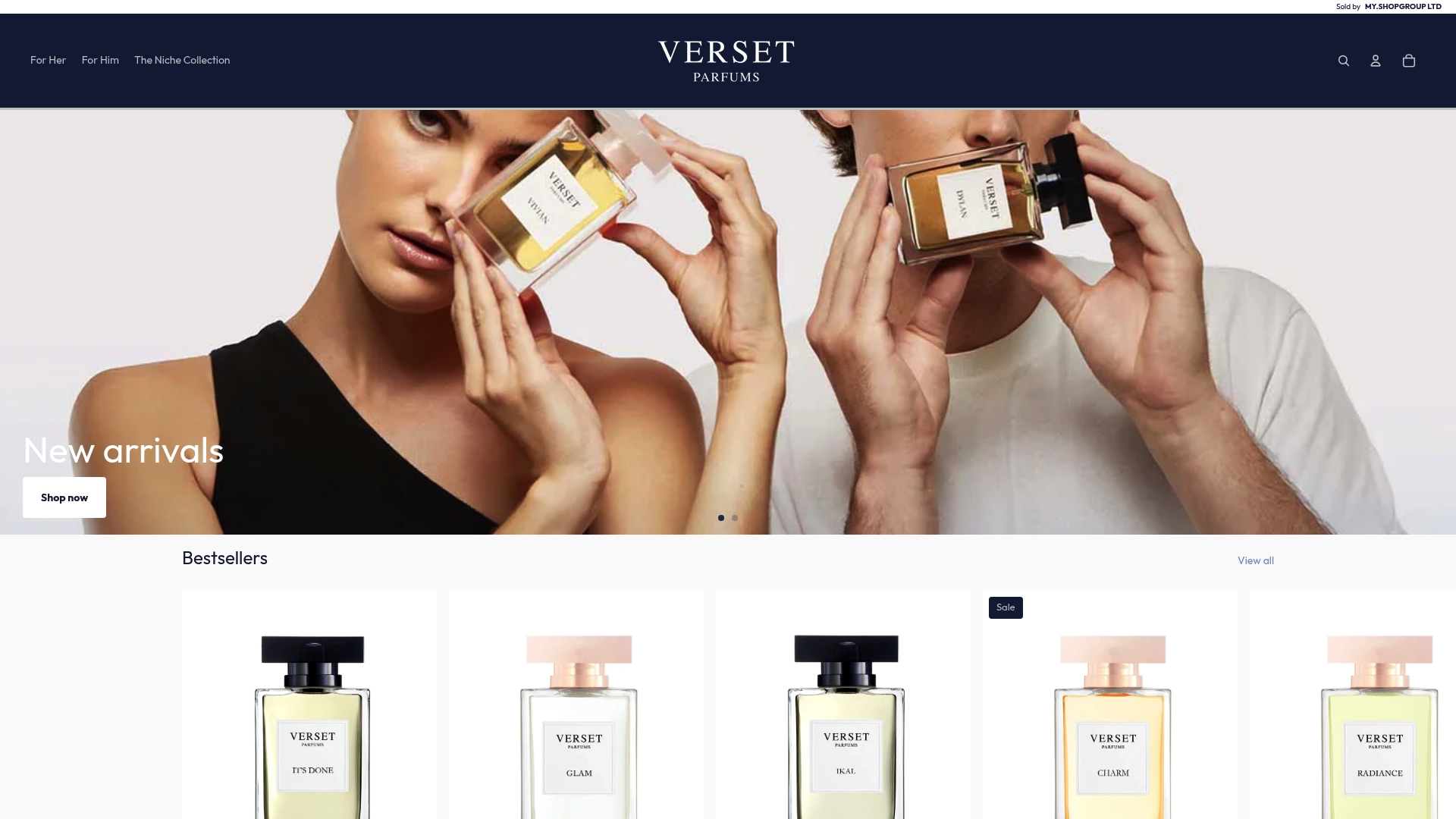
Make your next fragrance purchase truly meaningful. Enjoy the confidence of detailed product descriptions, explore European-crafted alternatives inspired by luxury brands, and shop in a streamlined setting designed for easy discovery. Visit Versetparfums.shop today and let your scent tell your story—without compromise. Looking for more inspiration? Dive into our full Verset Parfums collection and transform how you shop for fragrance right now.
Frequently Asked Questions
What are the different types of fragrances and their concentrations?
Fragrances are categorised by their aromatic oil concentration, which affects their intensity and longevity. The main types include Eau de Cologne (2-4% aromatic compounds), Eau de Toilette (5-15%), Eau de Parfum (15-20%), and Parfum/Extract (20-40%).
How can I find a fragrance that suits my personal chemistry?
To find a fragrance that complements your personal chemistry, test the perfume on your skin and allow it to develop over several hours. Factors like body temperature, skin pH levels, and moisture content influence how a fragrance smells on you.
What should I consider when selecting a fragrance for different occasions?
When selecting a fragrance, consider the context. For professional settings, opt for subtle, clean scents; for evenings, choose richer and more complex compositions; and for casual wear, lighter and fresh fragrances are ideal.
How does skin chemistry affect the longevity of a fragrance?
Skin chemistry plays a vital role in how long a fragrance lasts. Variations in body temperature, hormonal levels, and skin moisture can cause a fragrance to smell different and last longer or shorter on different individuals.
Recommended
- Understanding Your Perfume Shopping Checklist for Elegance – VersetParfums.Shop
- Understanding Fragrance Shopping Tips 2025 for Everyone – VersetParfums.Shop
- Understanding Perfume Selection Tips for Every Buyer – VersetParfums.Shop
- How to Shop by Fragrance Family for the Perfect Scent – VersetParfums.Shop


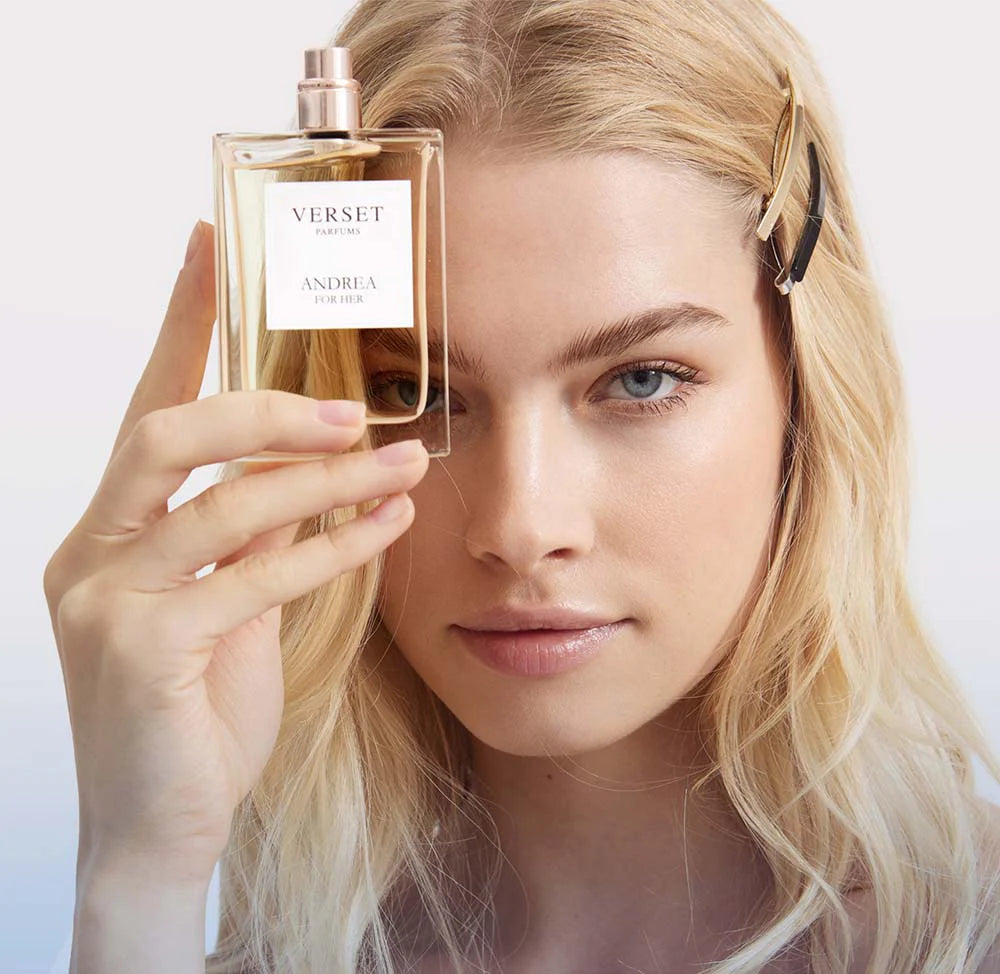
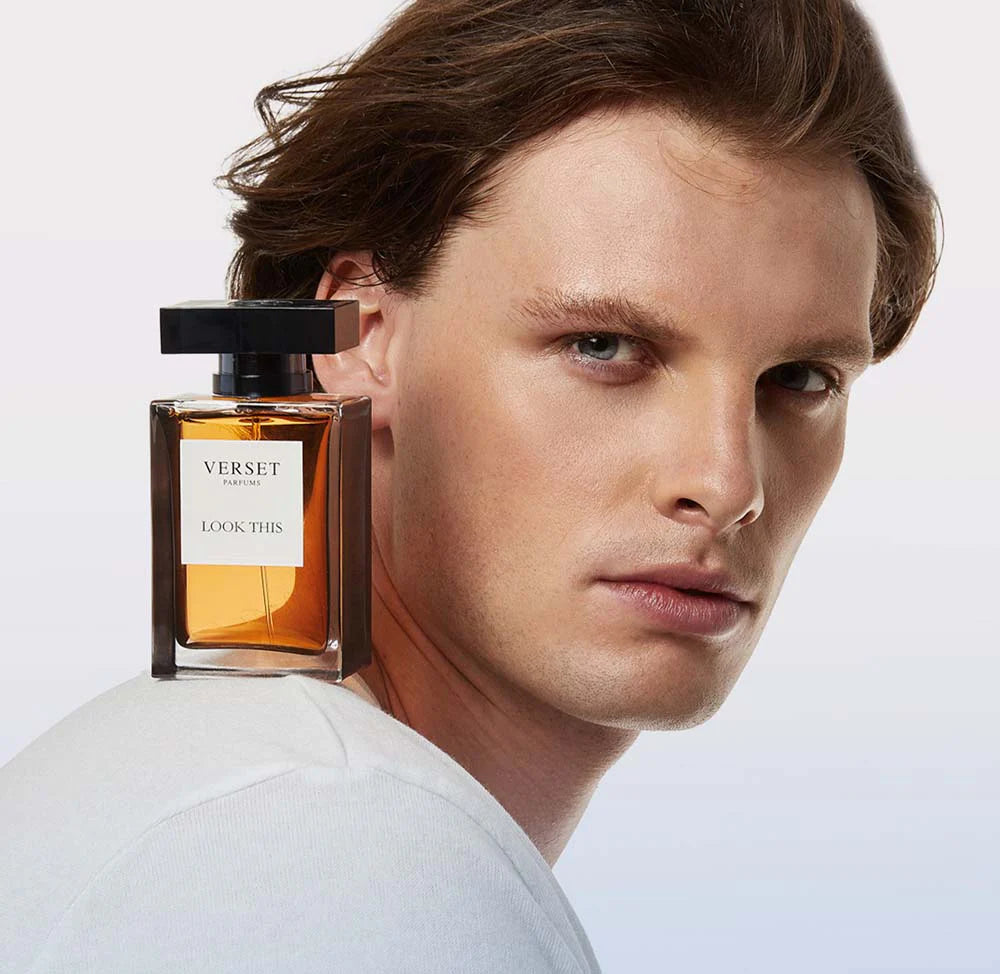
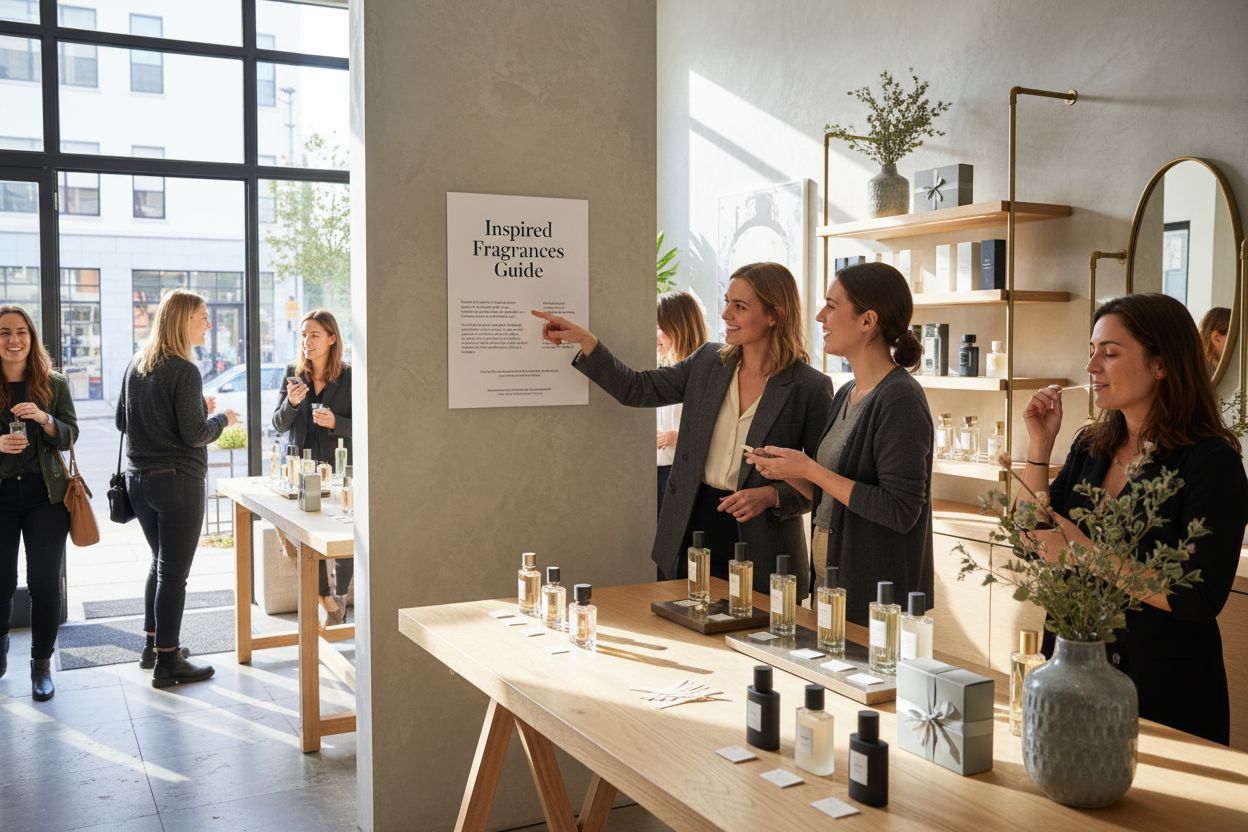
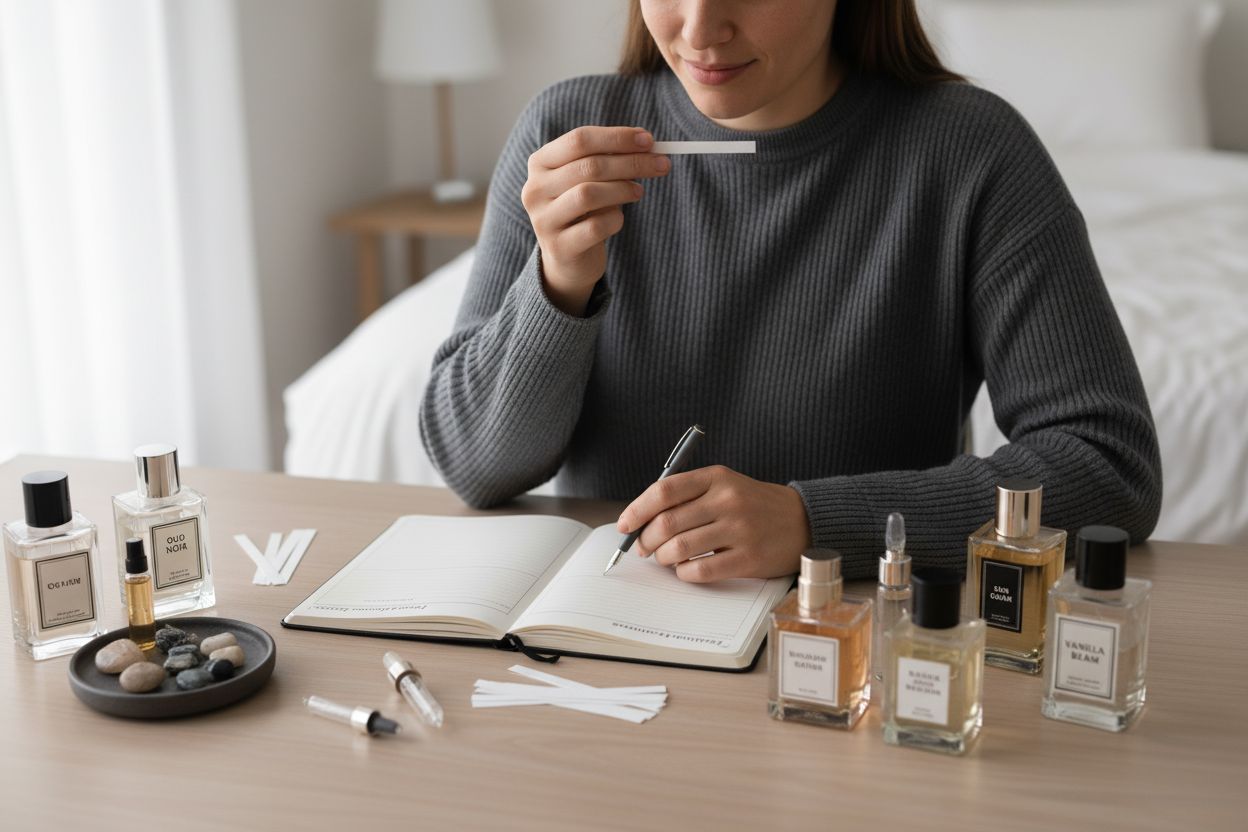
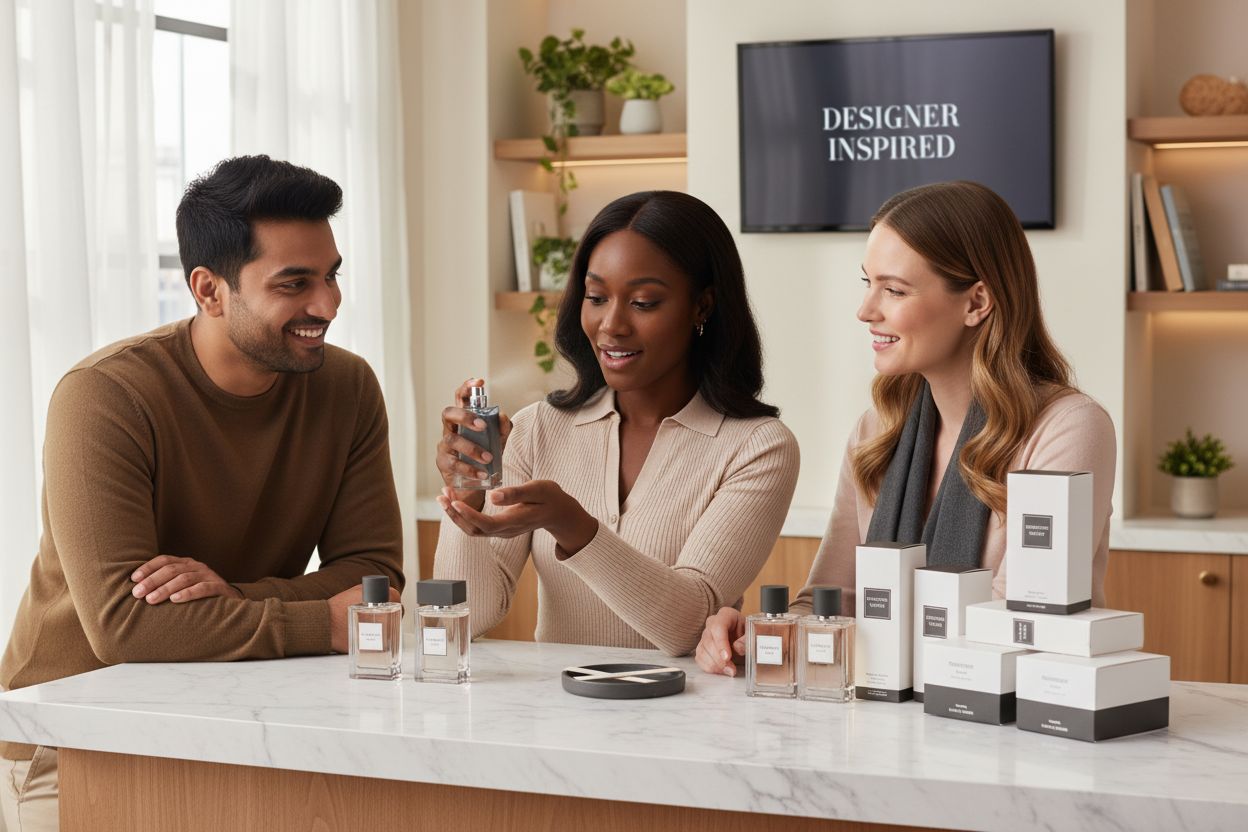


0 comments